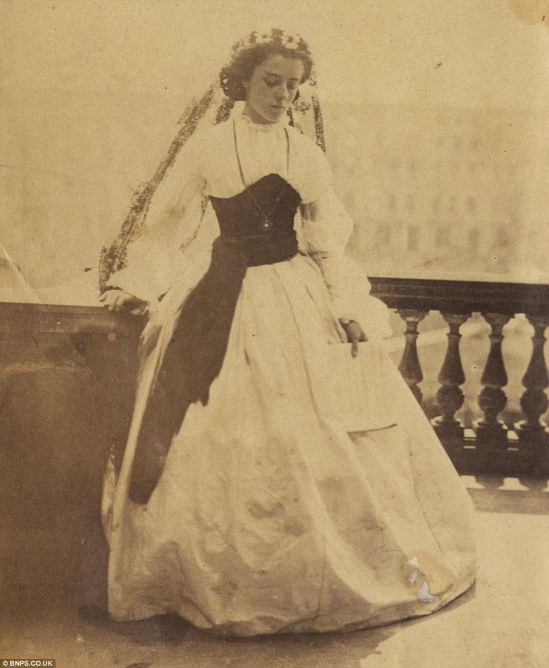French stage actress, model, and later, film actress Mlle. Lilian Greuze, was associated with both Sarah Bernhardt and Polaire. She appeared in several silent films, and went on to appear in the talkies as well.
Here she is in a series of “woman at the well” postcards; a theme that easily can be counted as a sub-genre of turn of the century picture postcards. The Photogravures are by French photographer Leopold Reutlinger (1863-1937).
Maiden at the Well Photogravure of Lilian Greuze by Leopold Reutlinger via
Maiden at the Well Photogravure of Lilian Greuze by Leopold Reutlinger via
Maiden at the Well Photogravure of Lilian Greuze by Leopold Reutlinger via
Maiden at the Well. Photogravure of Lilian Greuze by Leopold Reutlinger via


































